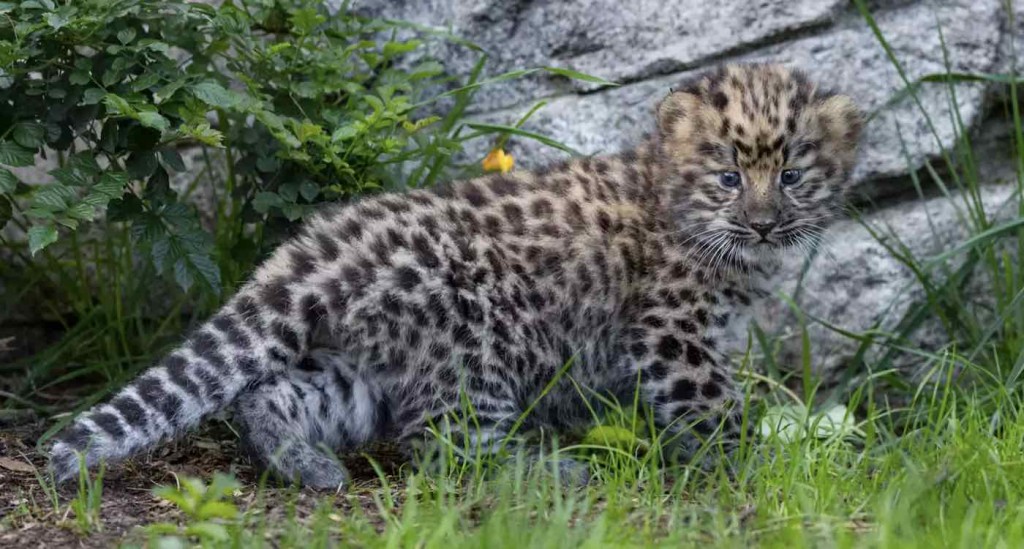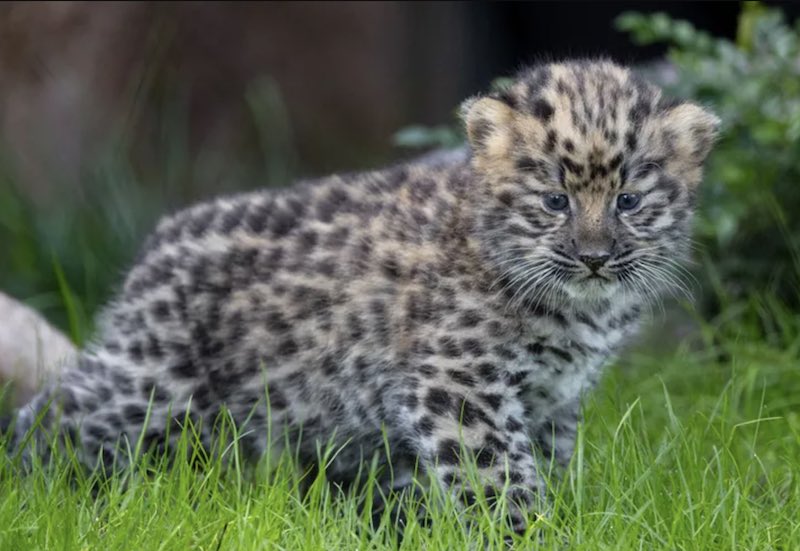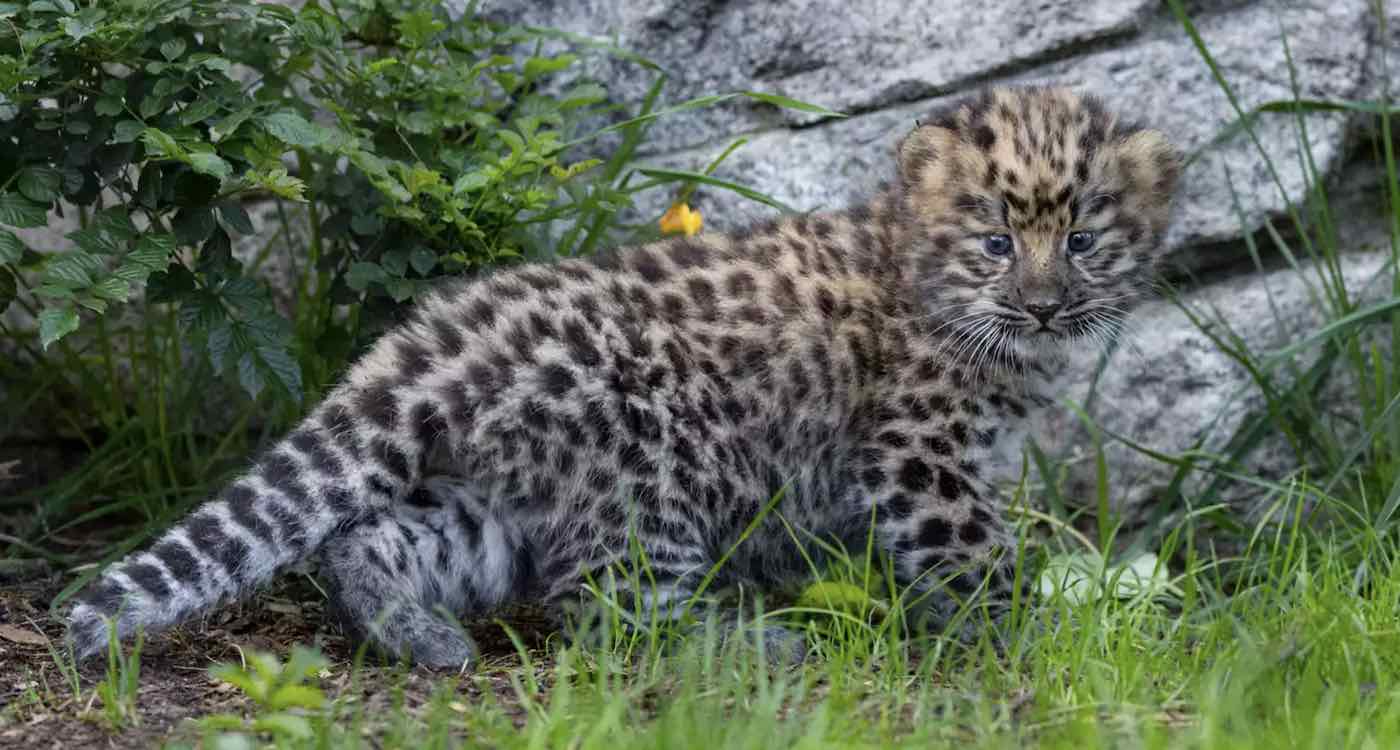
San Diego zookeepers welcomed the birth of 2 Amur leopard cubs into the world in what is a huge success for the captive breeding of one of the rarest cats in the world.
Born on March 28th, the cubs were monitored by remote cameras while they became acquainted with their new world, and their mom Sitka.
“We are absolutely thrilled with the progress made by the cubs,” said Gaylene Thomas, a wildlife care manager at the San Diego Zoo. “They have grown so much, and have already started showcasing their unique personalities. The cubs will get their first full veterinary exam soon, and we will know more, including their sex.”
There are fewer than 200 Amur leopards in the world. The Siberian natives have, however, been either increasing in number since 2007, or hovering around the same small number that conservationists have become simply better at locating them.
In any case, a 2021 camera-trap survey recorded 110 individuals in a large transboundary area of Siberia between Russia and China, nicknamed Land of the Leopard, near the Amur River from which they derive their name. This is 60 more than a similar survey done around 8 years earlier.

The San Diego newborns have no names yet, but they represent the third litter born in captivity. The San Diego Zoo’s membership within the global Association of Zoos and Aquariums’ Amur Leopard Species Survival Plan has allowed them to do a lot of conservation work out in Siberia, which the zoo claims has increased the numbers of Amur leopards by 50% over the past decade as mentioned before.
“This is a monumental achievement, proving that conservation works and our vision to build a world where all life thrives can be realized. We only need to maintain the course, and ultimately, we will succeed,” they added.
MORE BIG CAT NEWS: Two Cheetah Cubs Born to Surrogate Mother in World’s First Successful IVF Operation to Save the Big Cats
It’s unlikely these little ones will ever see their homeland in Siberia—the logistics and risks would be daunting. Furthermore, growing up in San Diego, one of the finest year-round climates in the US with food available every day, is a far cry from the frozen mountains of Eastern Russia where a leopard might go four days without eating.
Their job is to hold down the genetic fort, so to speak, and inspire visitors to the zoo who might be inclined to take action on behalf of a beautiful cat they will likely never see in the wild, native to a nation thousands of miles away.
SHARE This Beautiful Guy With Your Friends On Social Media…




















